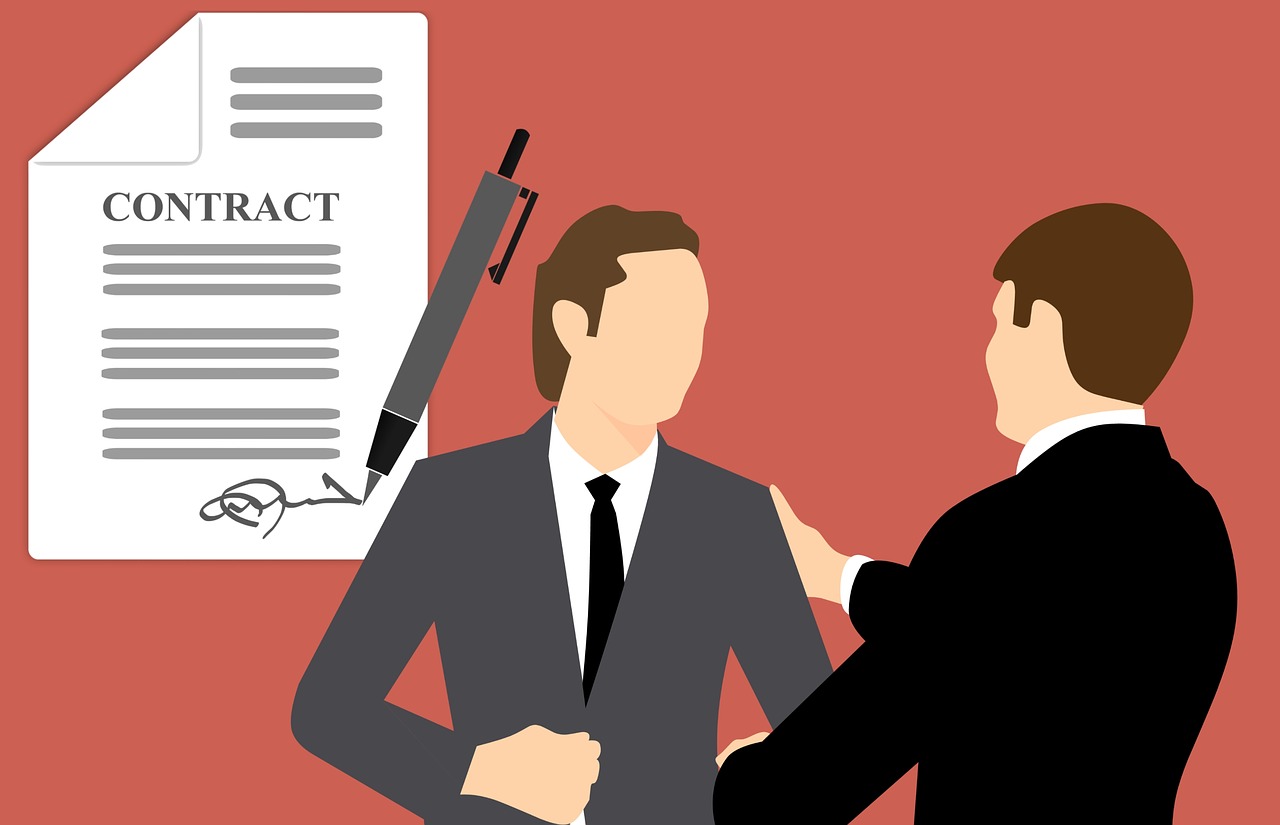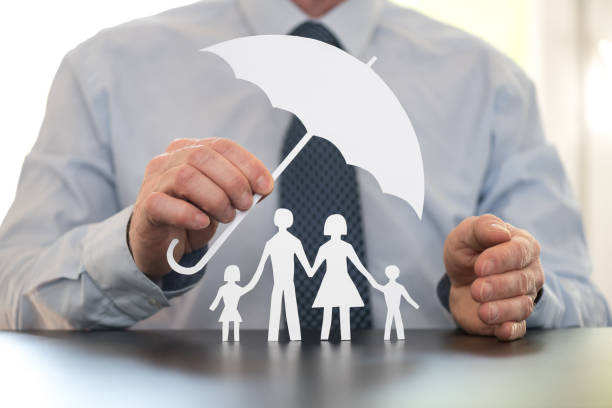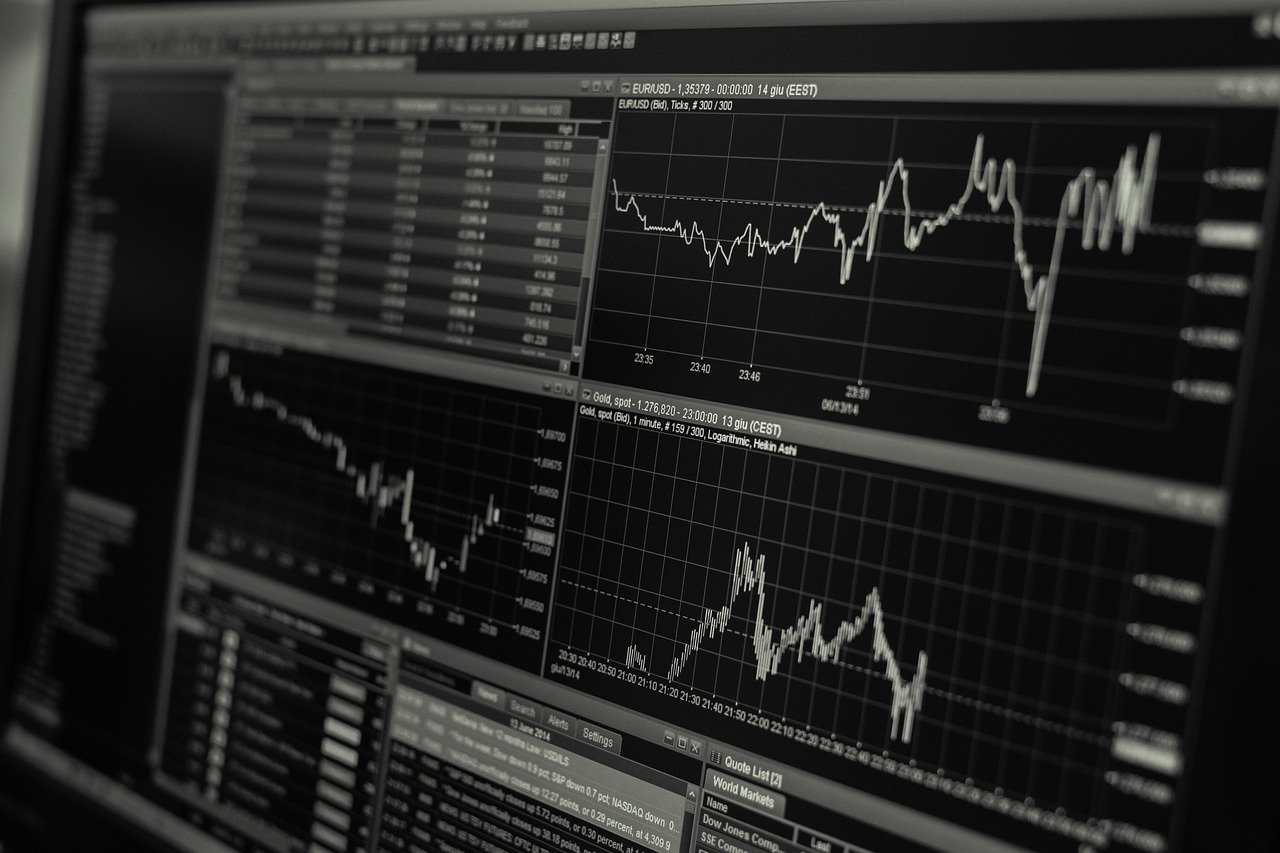The bill of exchange
by Admin | September 1, 2021
The bill of exchange, a key instrument in the history of business development.
A bill of exchange is a normal part of business life. However, in recent decades it has been replaced, in part, by other alternatives such as credit cards, checks or promissory notes. Let's see how it works.
What is a bill of exchange and what is it for?
It is a type of security. These seek to incorporate a right into a title that serves to legitimize its holder so that he/she can exercise the right and, even, so that he/she can transfer it to a third party.
Specifically, the bill of exchange incorporates an order issued by a person, called the drawer, for another person, called the drawee, to pay a sum of money to the person designated in the bill of exchange, called the drawee, or to another person to the order of the drawee.
It serves to document that a credit has been lent and, in addition, to facilitate its circulation through a procedure called endorsement, which demands fewer requirements than the ordinary assignment of credits. It is also frequently discounted at a credit institution.
Concepts of the bill of exchange
To understand how a bill of exchange works, we must understand some concepts about the people who can intervene and what can be done with it.
Issuer
This is the person who issues the bill of exchange. He/she orders payment to the drawee and, if the drawee does not pay, he/she would have to take charge.
Payee
The person who has to pay the bill of exchange.
Beneficiary
The person to whom the bill of exchange must be paid or who may designate another person to pay it to his order. The first holder of the draft is usually referred to as the drawee.
Draftee
The debtor of the bill of exchange, the person who has to pay it.
Due date
It can be fixed in different ways:
A fixed date.
To a term from the date.
At sight, i.e. when presented for payment.
At a term from sight.
Acceptance of the bill of exchange
An expression stating that the debtor undertakes to pay the amount he/she accepts. It may be total, but it may also indicate that only a part is accepted.
Endorsement
This is a way of transferring all the rights that the holder of the bill of exchange has (in this case, the endorser) in favor of another person (called the endorsee). It can be made as long as the drawer does not put the words "not to order" or an equivalent expression.
Among its salient features is the fact that the endorser, unless a clause is written to the contrary, guarantees acceptance and payment against subsequent holders. However, it is also possible that one of the endorsers has prohibited further endorsements. Then he will not be liable to those to whom the bill is later endorsed.
Discount
This is a type of endorsement in which the endorsee is a credit institution. The latter pays in advance the amount fixed in the bill minus a certain amount (the discount from which it gets its name). If the draft is not paid, the entity may claim payment.
Forms of draft
Although there are usually three, the number of parties involved in the creation of the draft may be reduced to two in two cases:
Bill of exchange to own order, when drawer and taker coincide.
Bill of exchange to own charge, when drawer and drawee coincide.
Exchange obligation and causal obligation
Normally, the payment of the amount stated in the bill of exchange arises from a payment obligation that, for some reason (e.g. a contract), the drawee has. We call this obligation a causal obligation. On the other hand, the bill of exchange generates its own obligation: the exchange obligation. When the bill of exchange is paid, both obligations are extinguished.
Guarantee
By means of the guarantor, the guarantor guarantees the payment of the bill of exchange in case the drawee does not pay it.
Attestation
An act that is usually done before a notary and serves to record that a bill of exchange has not been accepted or has not been paid.
Protected bankruptcy action
The legal action that seeks to enforce the obligations assumed in the bill of exchange by the drawer, acceptor, endorsers or guarantors and is based on the bill itself.
Payment of the bill of exchange
As in any other obligation, the payment is simply its fulfillment. When the time comes, the acceptor pays a sum of money and his obligation is extinguished, the one he had at the time (causal obligation) and the exchange obligation.
If he does not pay, a protest may be raised so that the rights of the different parties to the bill of exchange are not prejudiced. Logically, in this case, the holder of the bill of exchange may demand payment from the drawer, the guarantors and the endorsers who appear previously and have not opposed subsequent endorsements.
Afterwards, whoever has paid can exercise a special action called action of return against the obligors (acceptor, guarantors, issuer).
If the bill of exchange has not been accepted, the creditor retains the right he had against the drawee, but must do so through the causal action. The various parties to the bill of exchange will address themselves to the drawer and to the prior endorsers and their guarantors.
Differences with a check or promissory note
Compared to the check, the bill of exchange, in addition to being a payment instrument, is also a credit instrument. Compared to the promissory note, the main difference lies in the fact that it does not send a payment to anyone, but it is the drawer himself who makes a promise of payment.
The bill of exchange has been a key instrument in the historical development of trade and business financing. Today, it is still important for entrepreneurs to understand how it works.









